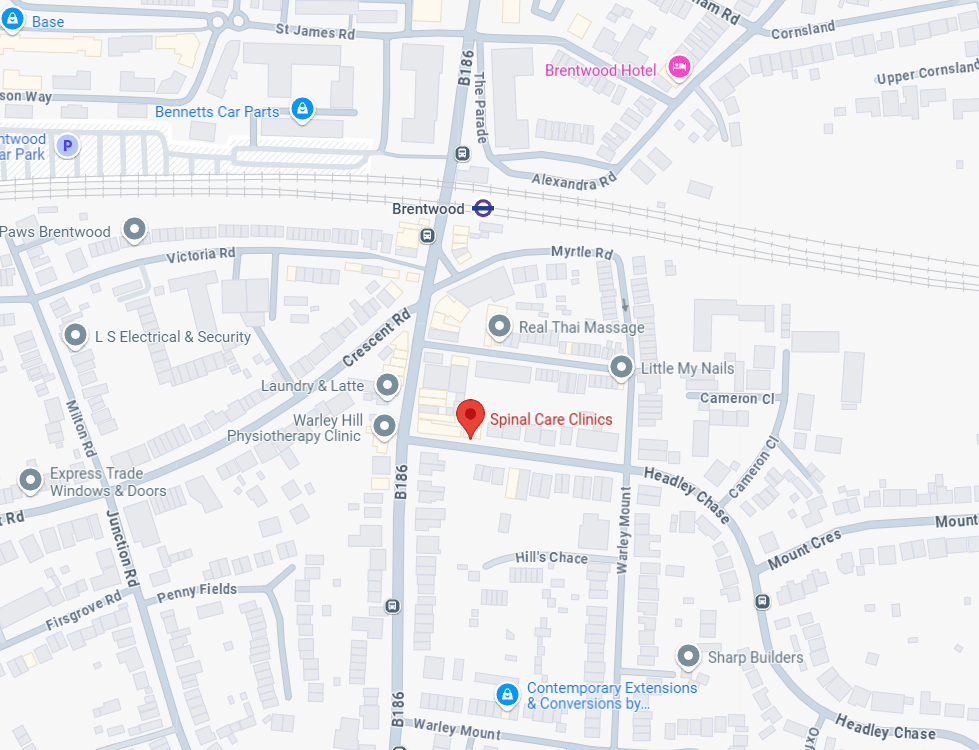You might have heard it on the social media grape vine: a little mindfulness and meditation can go a long way. With unlimited benefits spanning from pain relief to reducing stress and helping with sleep, mindfulness is a tool we all posses and should make the most of.
That being said, it can be tough to know where or how to start. To some, the concept of mindfulness can seem a little too ‘out there’, to others, it’s intimidating and to the lucky few, it will come naturally. It may be the latest trend but this practice is ancient. Mindfulness is a form of meditation centred on total awareness, which means that it can take place at any moment of the day when you are focused on one task. This might be while you’re walking, running or even simply chopping veg!
Progressive Muscle Relaxation

Today we’re focusing on a practice introduced by the American physician Edmund Jacobson in the 1920s. He noticed that many of his patients seemed to suffer from muscle tension and he recommended they ‘relax’. However, this was much easier said than done. Jacobson noted that his patients couldn’t seem to connect to their physical pain enough to release it. They seemed so tightly bound mentally that they were clinging onto the physical. Sound familiar? Jacobson designed a sequence of steps aimed at contracting and relaxing specific muscles in the body. By drawing the person’s attention and focusing all their energy to one place, the subsequent release seemed to give amplified relaxation. So he seeded the technique which is now recognised as Progressive Muscle Relaxation, PMR.
PMR is based upon the premise that mental calmness is a natural result of physical relaxation. It is an all-rounder useful in pain and stress management and also insomnia. We’ll talk you through the basics, but before beginning, decide on your purpose. If you are trying PMR in the hope of falling asleep more easily, lie on your back comfortably in bed. If you are doing this to ease bodily pain, then grabbing a yoga mat may be better as you won’t be so likely to fall asleep.
To get started, you’ll need a quiet place where you can catch 15 minutes of silence.
Get into a comfortable position. Close your eyes and inhale through your nose deeply. Feel your torso fill with air. Slowly exhale from your mouth. Repeat these deep breaths 5 times.

Starting from the top, slowly make your way down.
Your face
Tense all the muscles in your face. Don’t worry! Nobody’s looking! Close your eyes as firmly as possible, tighten your jaw, and your ears if you can, and hold this grimace for 5 to 8 breaths.
Letting go
On the finale exhalation, let go of all tension. Release, and feel the weight of your body sinking onto the mat. Feel the tension seep from your facial muscles, the tingling sensation that is left behind, and enjoy the feeling. When you are ready, move down your body and focus on your neck and shoulders.
The neck, upper back and shoulders form a real tension hub for many people. Make sure you take your time here. You may benefit from repeating the practice again until you reach total relaxation in this area.
Then continue the journey down in the following sequence.
- Chest
- Abdomen
- Both arms
- Both hands and wrists
- Buttocks
- Both legs
- Both feet including your toes
If you come to the end of the practice without falling asleep, then your mind and body should feel refreshed, as if someone pressed the pause button. Chiropractic provides a holistic approach to overall health, and mindfulness is a part of that! At Spinal Care Clinics in Brentwood we believe mindfulness should be a part of daily routine. Progressive Muscle Relaxation is an easy way to put this into practice.


